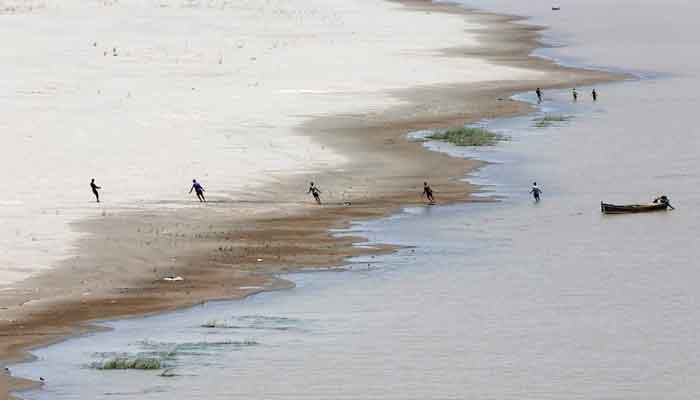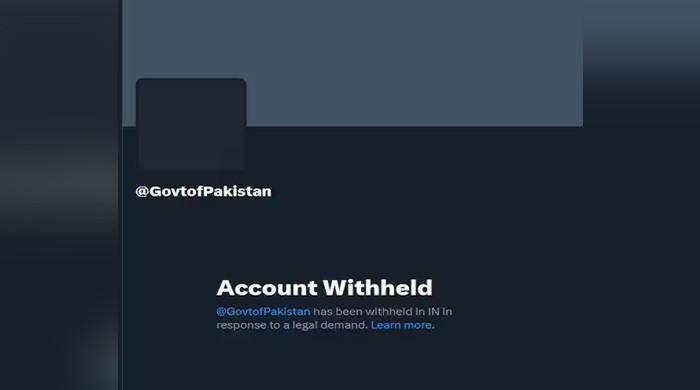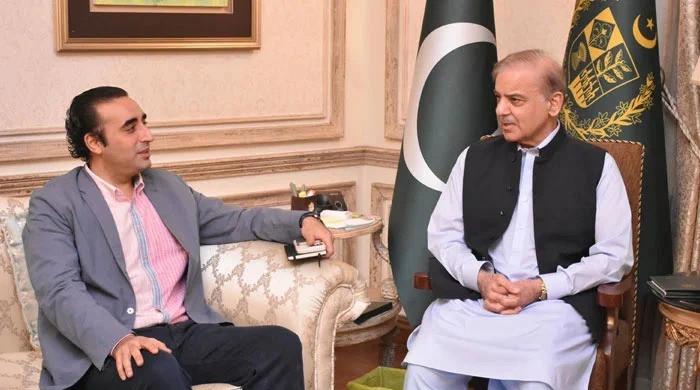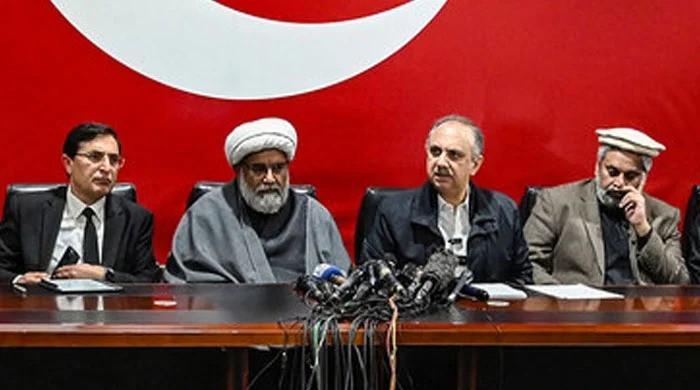Explainer: What if India restricts Pakistan's water supply after suspending treaty
Treaty's purpose was to regulate distribution of river waters between Pakistan and India
April 24, 2025

The Indus Waters Treaty is an international agreement that was signed between Pakistan and India in 1960 with the mediation of the World Bank.
Its purpose was to regulate the distribution of river waters between the two countries in order to prevent disputes over water usage.
Details of the Treaty
1. Division of rivers
Under the treaty, six major rivers were categorised into two distinct groups.
Eastern Rivers: Sutlej, Beas, Ravi
India received full control over these rivers.
Western Rivers: Indus, Jhelum, Chenab
The treaty allocated the water resources of these rivers to Pakistan but allowed India to perform specific projects like hydropower development while excluding irrigation.
2. Monitoring and exchange of information
Both countries must exchange information on water flow, projects, and usage every year.
The treaty established a permanent Indus Waters Commission.
What if India restricts or diverts the rivers?
The suspension of this treaty carries significant implications for Pakistan. It signals a potential threat from India, suggesting that it could, at a time of its choosing, restrict the flow of water from the Indus, Jhelum, and Chenab rivers into Pakistan.
Even if India were to attempt such a move, it is unlikely that it could completely halt the water flow right away. Although India has built reservoirs upstream on these rivers, their storage capacity is not sufficient to fully block the flow to Pakistan. Moreover, the suspension comes during the high-flow season, from May to September, when melting glacier ice significantly increases river volumes.
Experts are of the opinion that India does not currently have the infrastructure in place to store or divert those flows at scale. The development of such infrastructure can take years or even decades. Also, the topography of the region and gravity itself make this a hard-to-achieve outcome.
Why did India suspend the treaty?
Between 2023–24, India expressed displeasure when Pakistan took their hydropower projects like the Kishanganga and Ratle dams to the Court of Arbitration for objections.
India argued that Pakistan should have pursued technical consultations before resorting to arbitration.
India announced its intention to review the treaty while sending a diplomatic notice to Pakistan for negotiations to terminate or amend the agreement.
The suspension discussion served as both a political signal and a means to apply diplomatic pressure. The treaty remains active because India has not withdrawn but now threatens to stop its execution.
Has the original status automatically been restored?
Not entirely, but partially.
As guarantor of the treaty, the World Bank has yet to give official recognition to India’s suspension of the agreement.
Pakistan sought both the United Nations and World Bank intervention for assistance.
The Court of Arbitration delivered a decision in 2024 that upheld Pakistan's position by declaring India’s projects to be in breach of the Indus Waters Treaty.
The Indus Waters Commissions of both nations reconvened meetings after the ruling, showing a renewal of the treaty's foundational principles.
Key Points
- The Indus Waters Treaty remains legally intact.
- India’s attempts at pressure and revision were diplomatic manoeuvres that were not acknowledged by the international community.
- The presence of the Court of Arbitration and the World Bank provides protection to the treaty.
- Pakistan must remain fully prepared on diplomatic, legal, and scientific fronts regarding the water issue.











